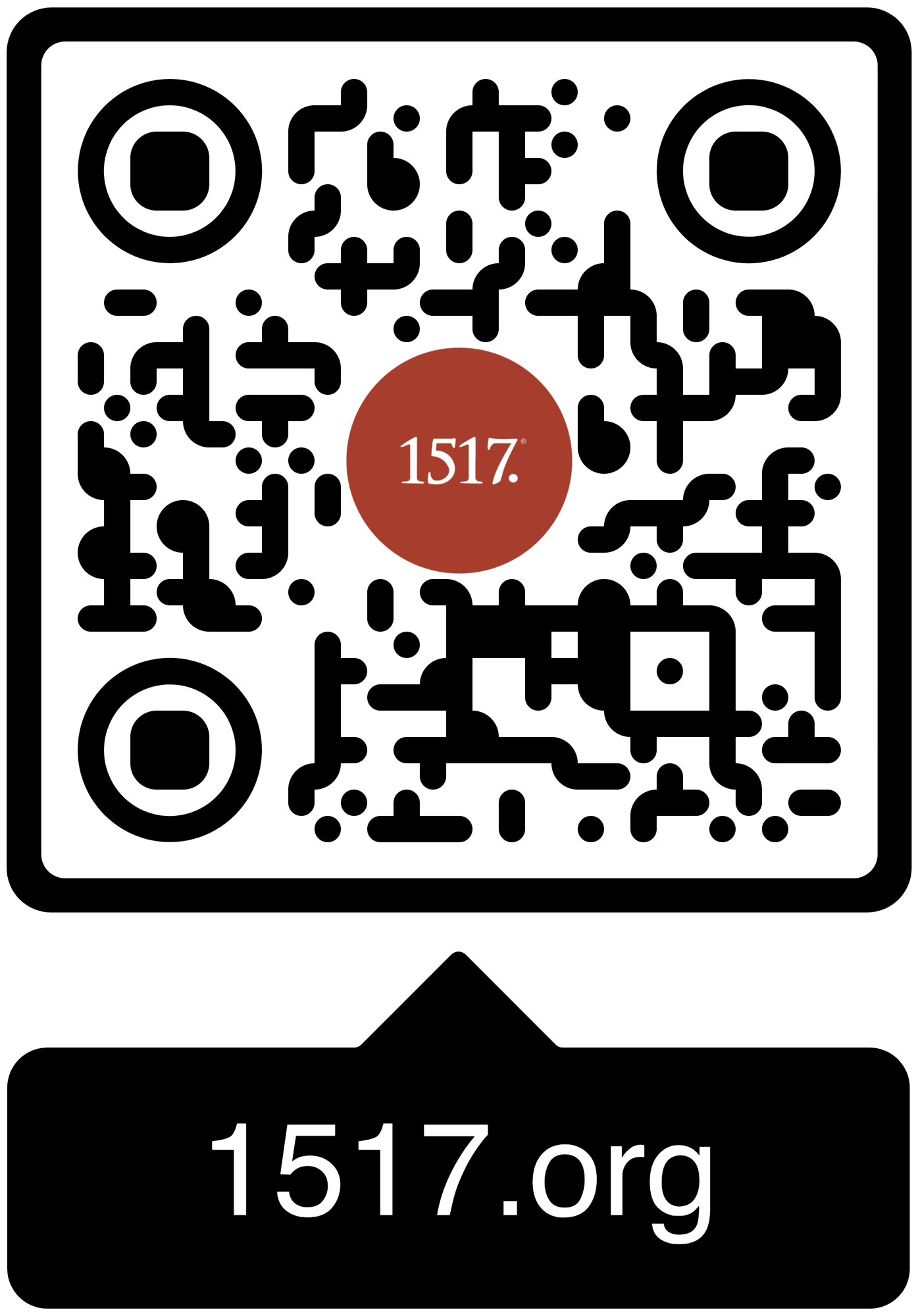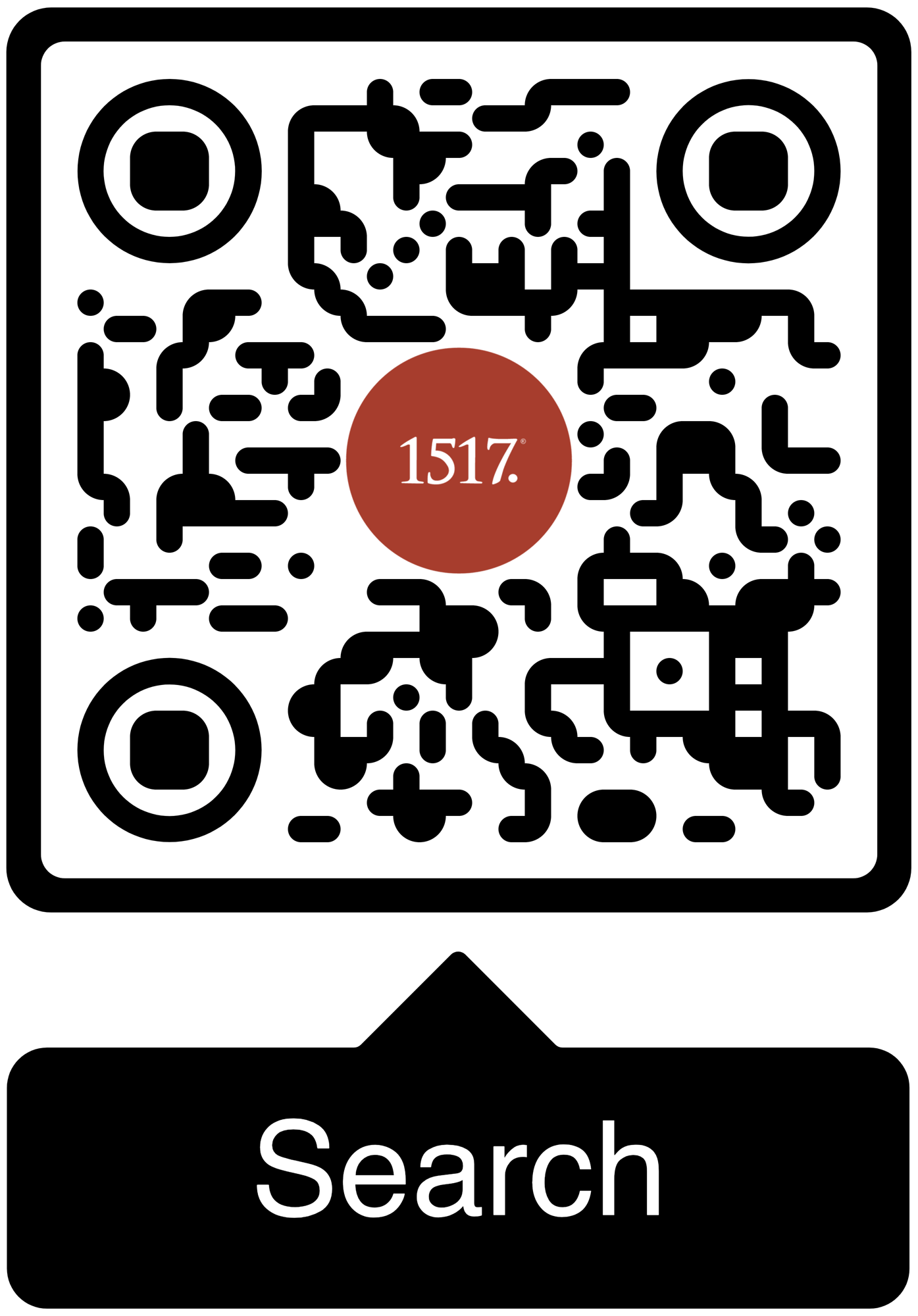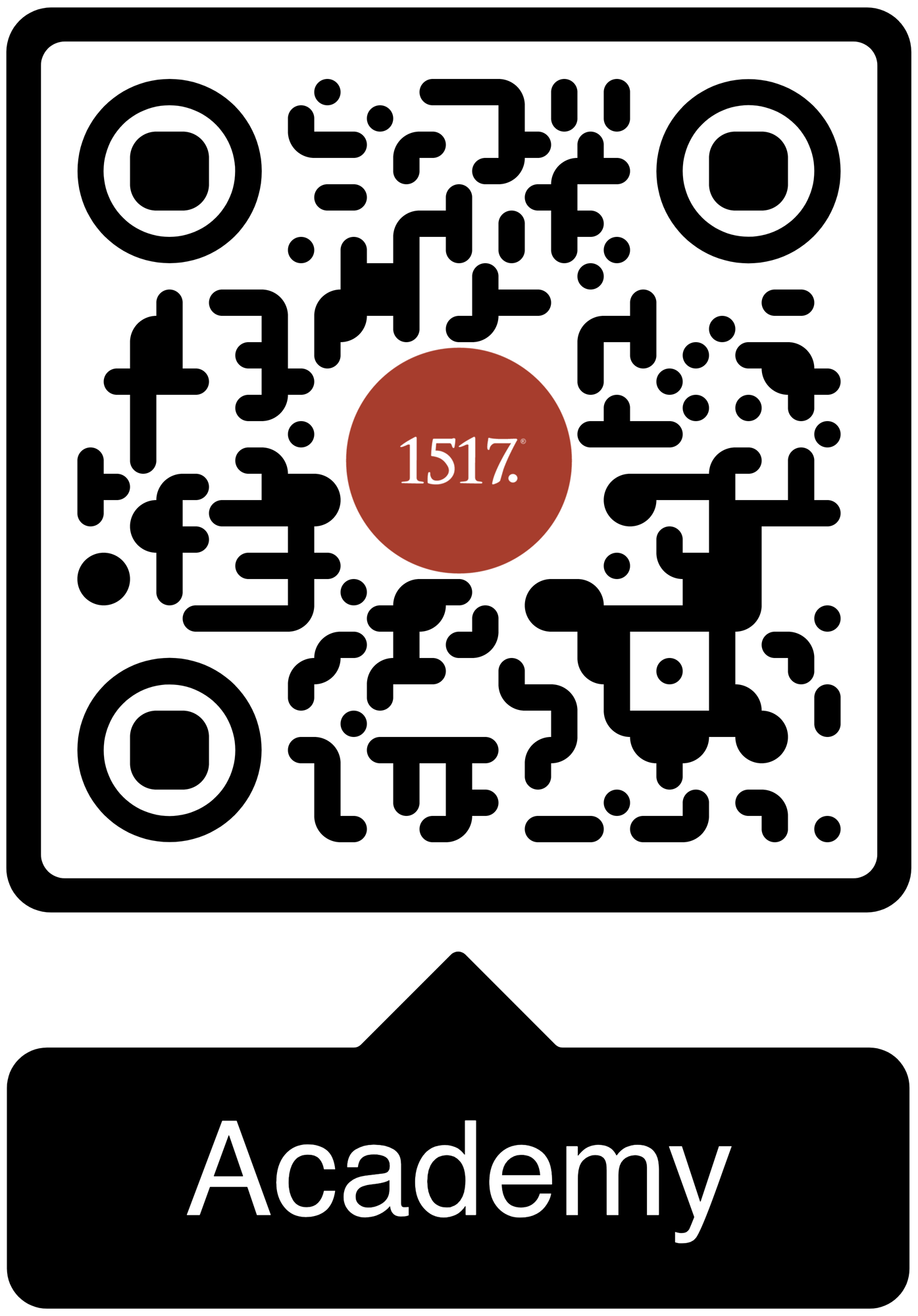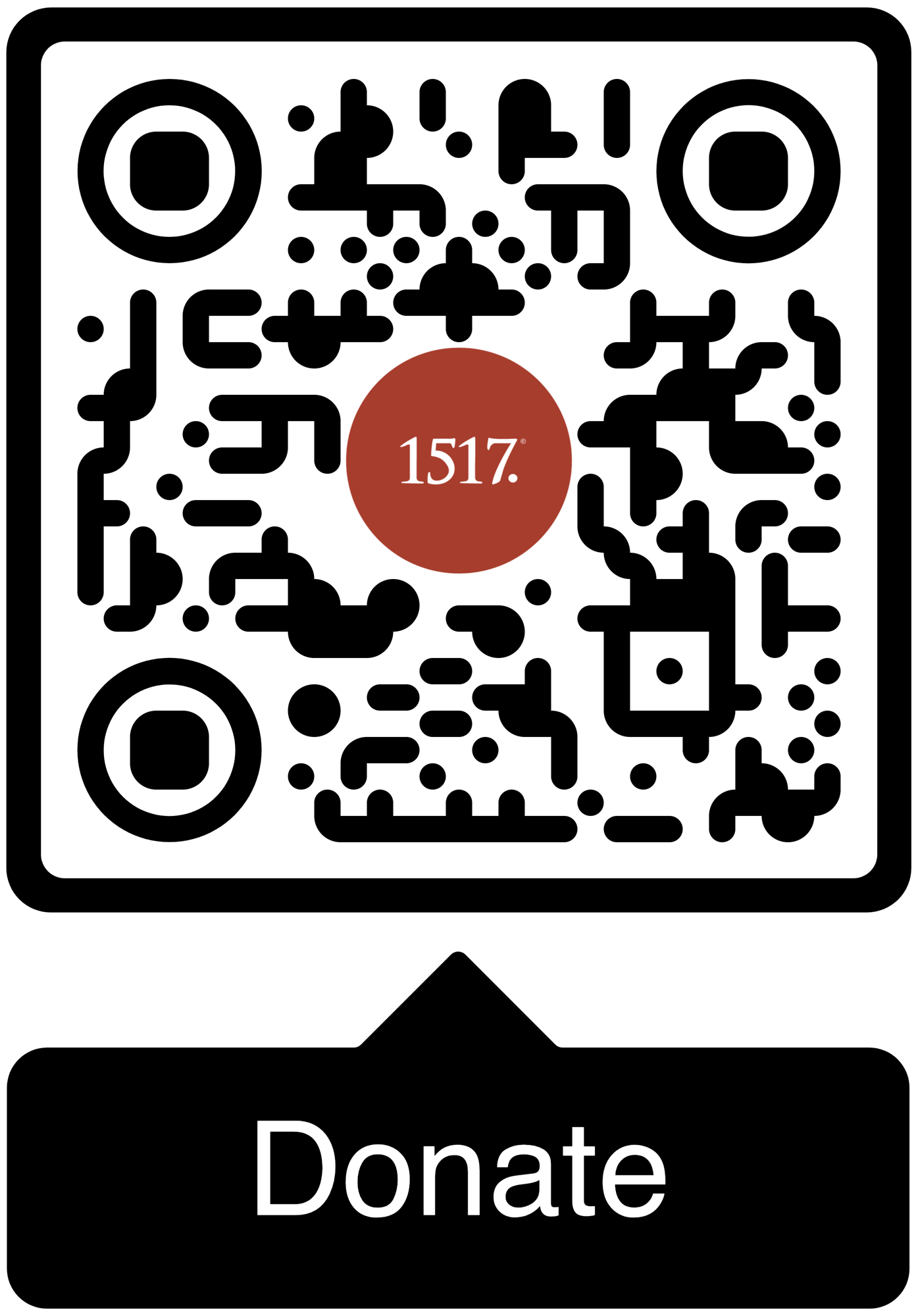We needn’t fear statistics and studies as palm readings into a certain future. God is God, and his Spirit is alive through his Word.
05/08/25
Christ does not hide his wounds. He offers them.
05/07/25
The church does not await a verdict; she proclaims one.
All Articles
Author
- All Authors
- 1517 Publishing
- 1517 Staff
- A. A. Just Jr.
- A.J. Vega
- Aaron Boerst
- Adam Francisco
- Adam Stetson
- Amy Mantravadi
- Andrew Foss
- Anthony DiLiberto
- Blake Flattley
- Bob Hiller
- Bob Sundquist
- Bonnie Petroschuk
- Brad Soenksen
- Bradley Gray
- Brandon Hanson
- Brandon Pangman
- Brennan Manning
- Brian W. Thomas
- Bror Erickson
- Bruce Hillman
- C.S. Lewis
- Caleb Keith
- Chad Bird
- Charles E. Fry
- Christopher J. Richmann
- Cindy Koch
- CJ Armstrong
- Craig Donofrio
- Dan Chrismer
- Dan van Voorhis
- Dan Weber
- Daniel Deen
- Daniel Emery Price
- Daniel Stenberg
- David Clay
- David Rufner
- David Schmitt
- Delwyn Campbell
- Dominick Santore
- Donavon Riley
- Edward Killian
- Elyse Fitzpatrick
- Erick Sorensen
- Gage Jordan
- Gerhard Forde
- Grant Klembara
- Greg Koukl
- Gretchen Ronnevik
- Haroldo Camacho
- Hermann Sasse
- Jacob Corzine
- Jacob Smith
- Jake Allstaedt
- Jared C. Wilson
- Jason Lane
- Jason Lang
- Jason Oakland
- Jay Sawrie
- Jeff Mallinson
- Jeffrey Pulse
- Jenifer Mohan
- Jessica Delgado
- Jessica Thompson
- Jim Nestingen
- Joel Fitzpatrick
- Joel Hess
- Joey Goodall
- John Bombaro
- John Bortulin
- John Chrysostom
- John T. Pless
- John W. Hoyum
- John Warwick Montgomery
- Jonathan Ruehs
- Jordan Spina
- Joshua Miller
- Justin Rossow
- Karen Stenberg
- Kathy Morales
- Katie Koplin
- Kelsi Klembara
- Ken Sundet Jones
- Kerri Tom
- Kevin Hale
- Kevin McClain
- Kyle G. Jones
- Larry D. Hughes
- Laura Bauer
- Luke Kjolhaug
- Magnus Persson
- Mariah Coward
- Mark Jasa
- Mark Mattes
- Mark Pierson
- Martin Luther
- Matt Johnson
- Matt Kroelinger
- Matt Popovits
- Michael Berg
- Michael Gibney
- Nicholas Hopman
- Nicholas Kallis
- Norman Nagel
- Paul Dunk
- Paul Koch
- Pete Lange
- Peter Nafzger
- Philip Bartelt
- Preston Sprinkle
- Raleigh Sadler
- Rick Ritchie
- RJ Grunewald
- Robert Farrar Capon
- Robert Kolb
- Rod Rosenbladt
- Roland Ehlke
- Ron Hodel
- Ryan Couch
- Ryan Matthias
- Ryan Stevenson-Cosgrove
- Ryan Tinetti
- Sam Leanza Ortiz
- Sam P. Schuldheisz
- Sarah Crowder
- Scott Davis
- Scott Keith
- Scott Landrum
- Seth Moorman
- Steve Byrnes
- Steve Kruschel
- Steven A. Hein
- Steven Paulson
- StoryMakers NYC
- Tanner Olson
- Tate Barber
- Ted Rosenbladt
- Travis Scholl
- Tyler Cronkright
- Uwe Siemon-Netto
- Valerie Thur
- Wade Johnston
- Walter Hwang
- Wayne Sender
- Zack James Cole
05/01/23
What might Christians of the Reformation tradition think of claims like these about the nature of salvation?
04/25/23
What greater legacy could you claim than that of Mark? Listen to the Word. Learn from Jesus.
03/27/23
Past, present, and future are tied together in Christ.
03/21/23
This is an excerpt from the introduction of “Common Places in Christian Theology: A Curated Collection of Essays from Lutheran Quarterly,” edited by Mark Mattes (1517 Publishing, 2023).
02/24/23
Even if the numbers are bad, the news about Jesus crucified for sinners and raised to new life hasn’t become any less good.
02/06/23
Love is pointing to Jesus who said, “Greater love has no one than this, that someone lay down his life for his friends” (John 15:13).
01/13/23
The sign of the cross, according to the earliest centuries of Christians, is “the sign of the Lord,” and every baptized Christian was “marked” with it.
12/19/22
Take courage, you who were lost: Jesus comes to seek and save that which is lost. Ye sick, return to health: Christ comes to heal the contrite of heart with the balm of his mercy. Rejoice, all you who desire great things: the Son of God comes down to you that he may make you the co-heirs of his kingdom.
12/14/22
Hains offers a novel yet simple contention: Luther is most catholic where he is boldest.
12/12/22
In whatever direction the bias of men might be, from thence he might recall them, and teach them of his own true Father, as he himself says: I came to save and to find that which was lost.
11/30/22
When and how did the church start this season of anticipation?
11/28/22
For with God we look not for the order of nature, but rest our faith in the power of him who works.
1517 is a Christian non-profit (501(c)3) multi-media organization. Our mission is to declare and defend the Good News that we are forgiven and free on account of the death and resurrection of Jesus alone.





1517 grants permission for our free online resources to be printed, photocopied, and otherwise used freely for private and church use. We require that authorship and source (1517.org) are referenced and maintained. These resources may not be sold or included in any publications for sale.


